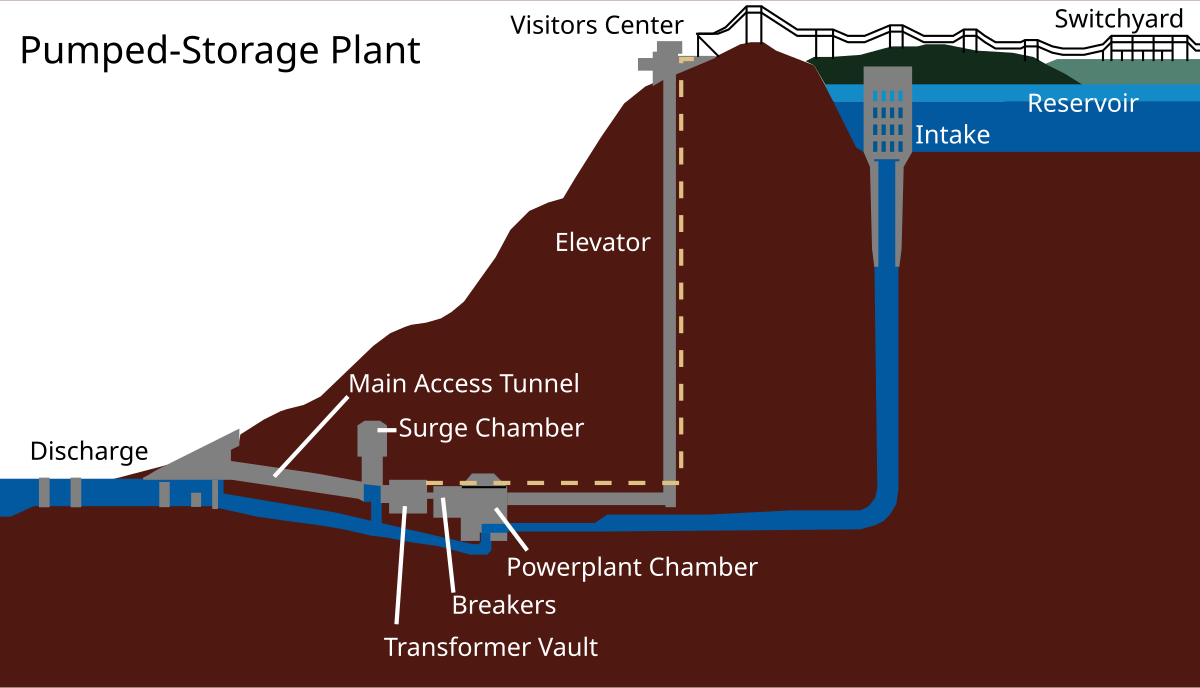also as;
Grid connected solar systems do not require batteries to operate because the excess energy produced is in effect stored with the utility company in the form of NET metering. What many homeowners fail to realize when they purchase a standard grid tied system is when the grid goes down, so does the power being produced by the solar panels. Why? The IEEE-1547 standard requires that utility interactive inverters cease to export power (Means your meter spinning backwards) if the voltage measured at the Point of Common Coupling (PCC) (That mean your homes electric service meter) exceeds +10% or -12% of nominal. If that were not the case, the result would be an unintentional island of power generation that would energize a portion of the utility power grid that the local utility has de-energized. The importance of grid connected home solar systems is clearly recognized, but as home systems continue to make inroads into America’s utility grid, national guidelines were needed to stipulate how homes and businesses could connect to to the grid. To this end, the Institute of Electrical and Electronic Engineers (IEEE) worked with the United States Department of Energy (DOE) to develop the IEEE 1547 standard, which provided in 2003 a set of requirements in America for the interconnection of home solar systems into the utility power grid. When the grid goes down, most homeowners with an existing solar system quickly become frustrated because the potential power that is readily available nearby is useless
When I found this issue I quit considering any kind of grid tied system.
However with more modern research there are some systems available now that can use storage batteries in conjunction with dual metering, not the nice net metering that runs the meter backwards so excess power is paid at your actual cost including distribution, but just the few cents per kwh that you are charged for the "electricity" cost.


